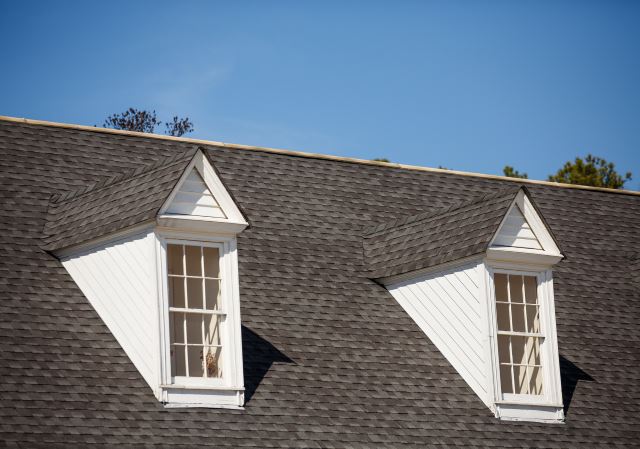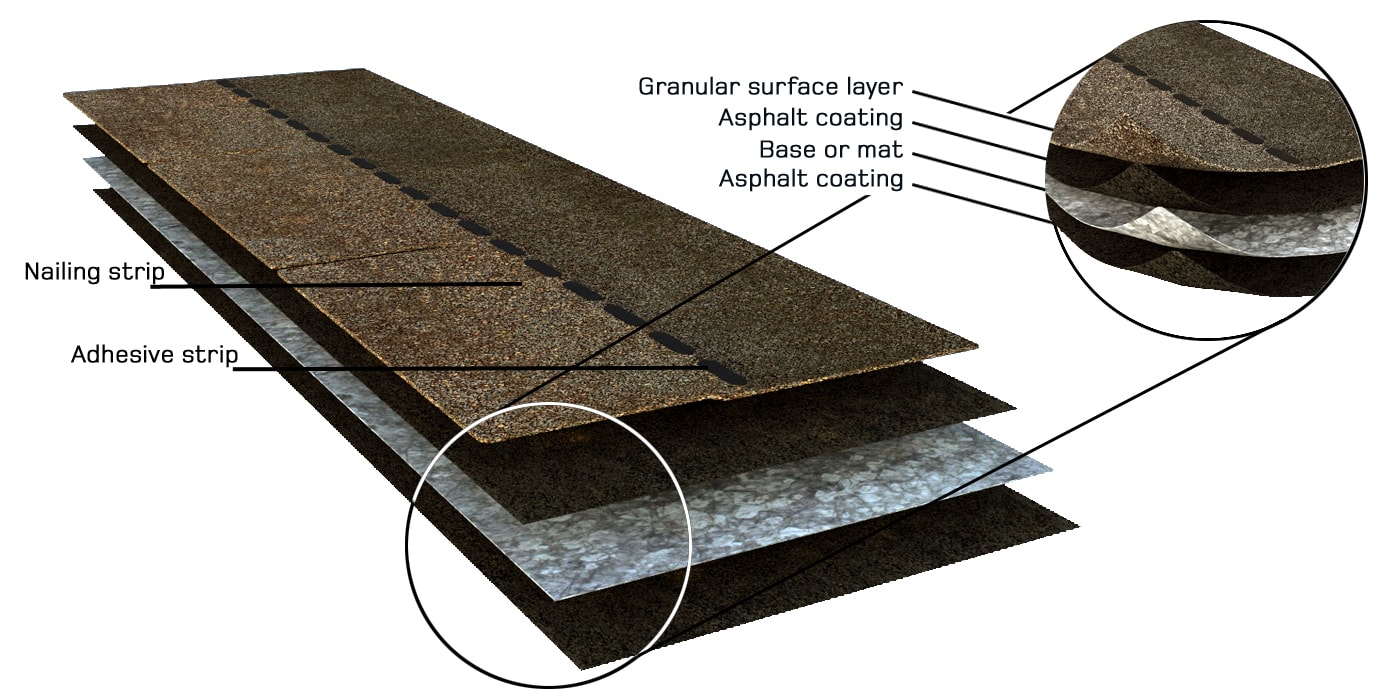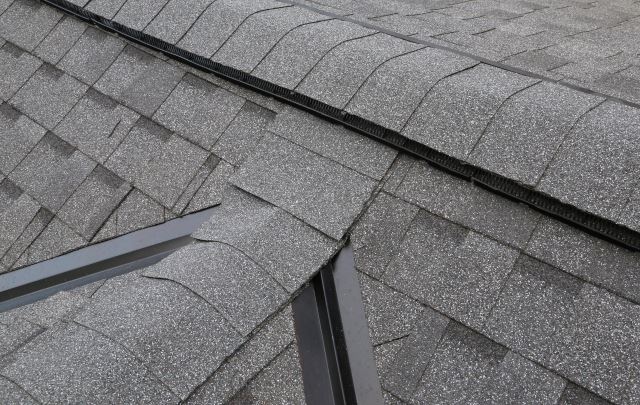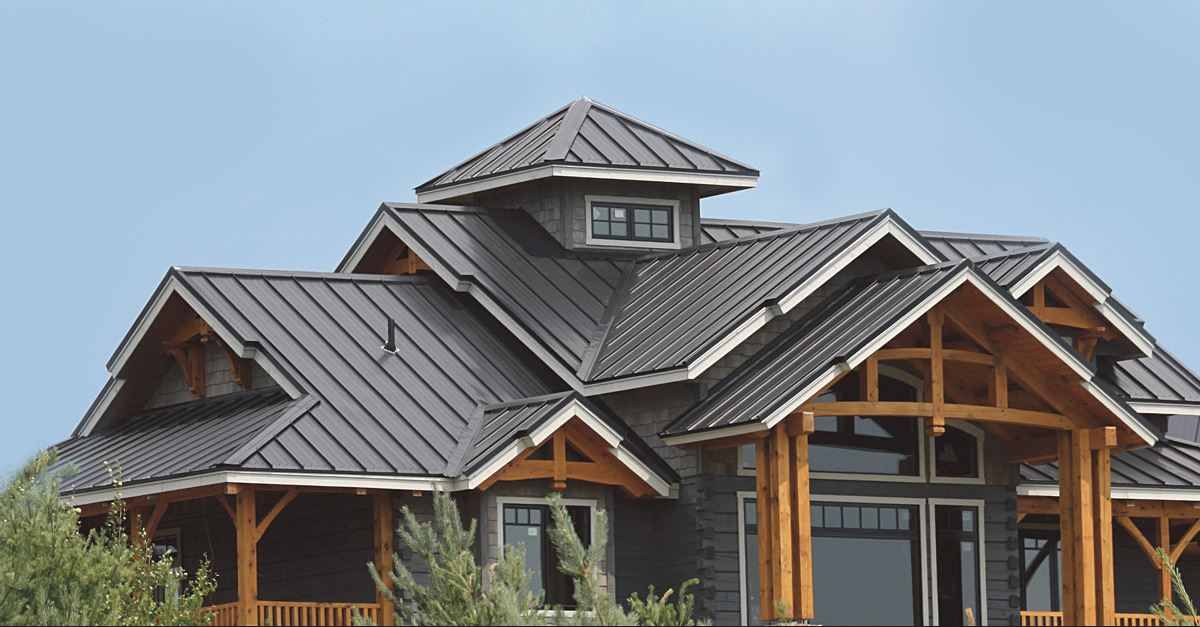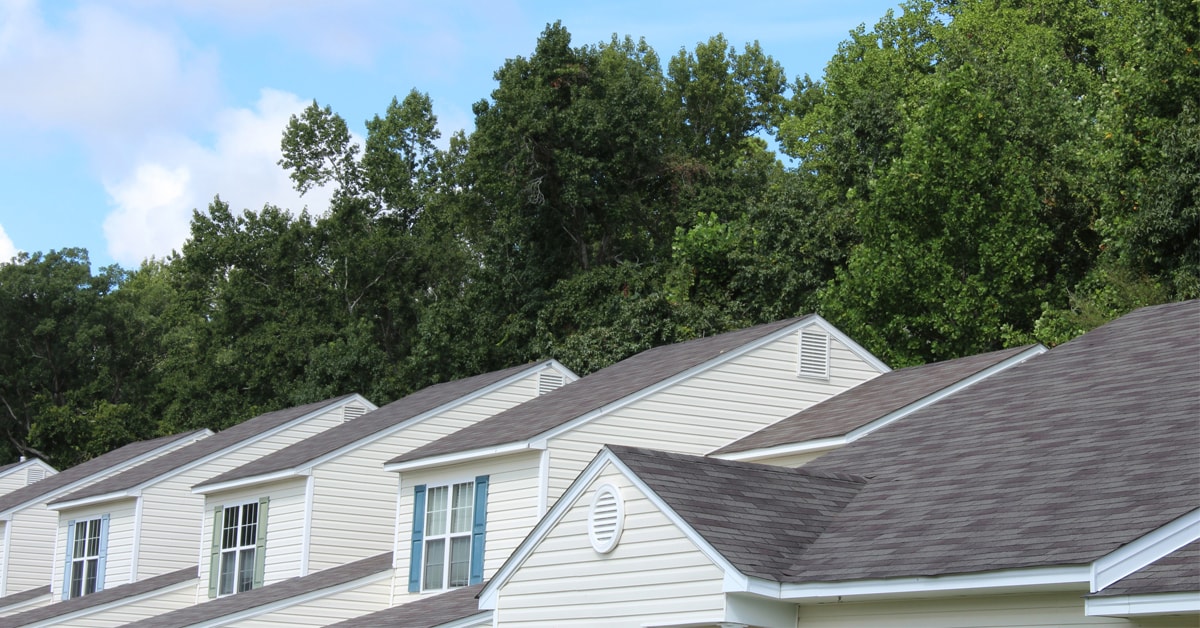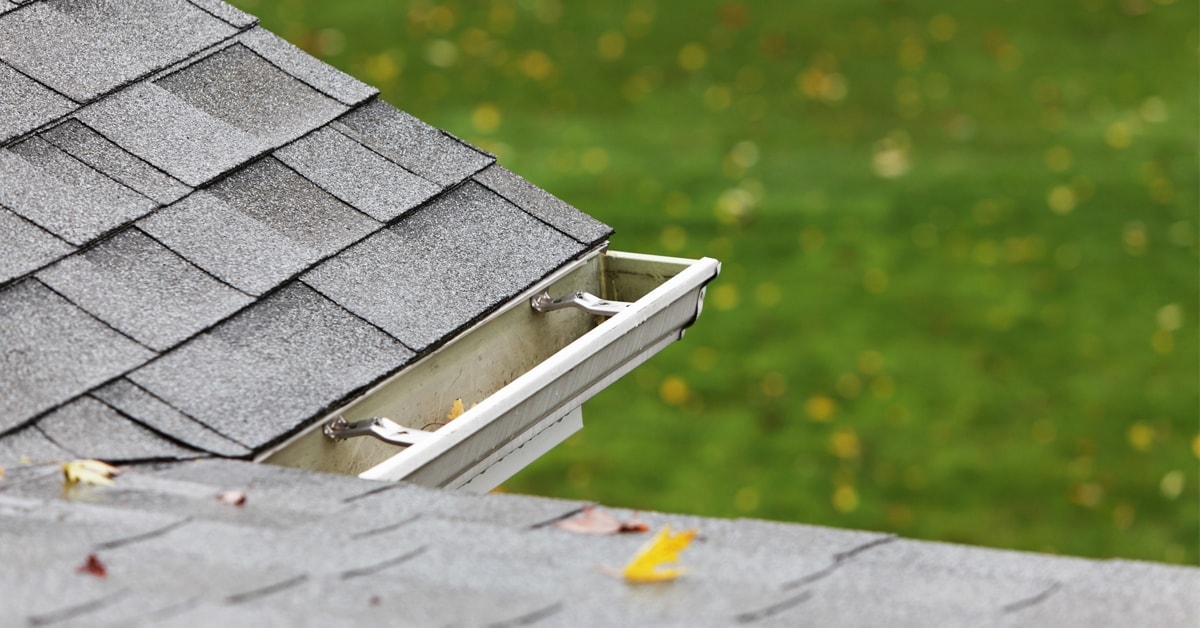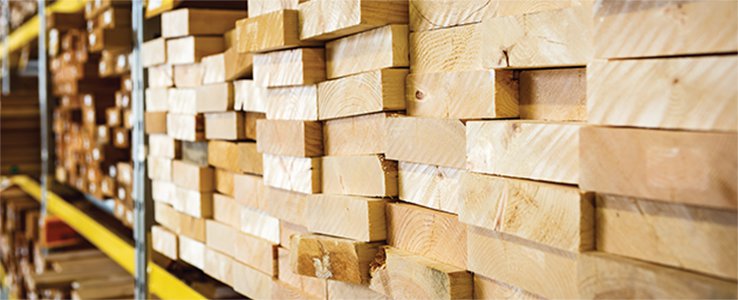Two different types of asphalt shingles
Easy to install, asphalt shingles account for more than 75% of all roofing materials installed. As well as protecting the roof, new shingles offer energy efficiency and cooling performance.
There are two main categories of asphalt shingles: organic and fibreglass.
Organic Shingles
These are the oldest type of asphalt roofing tiles. They consist of a cellular fibre substrate (recycled paper) impregnated with asphalt and compressed under high pressure.More flexible than fibreglass shingles, they are easier to install in cold weather, more tear-resistant and able to better hide imperfections on the roof's deck. Heavier and therefore more resistant to strong winds, they also withstand changes in temperature.
Fibreglass Shingles:
Nowadays, most asphalt shingles have a layer of glass fibres instead of paper. They are referred to as composition shingles. Fibreglass shingles are lighter than their organic counterparts, because less asphalt is used during manufacturing. They are less expensive, more heat-resistant and the ''feet'', or notched ends, are less likely to lift, a problem often encountered on older roofs.The fibreglass mat is surfaced with an asphalt coating, followed by mineral granules. An underlayment of asphalt-saturated felt should be installed over the roof structure prior to laying fibreglass shingles.









